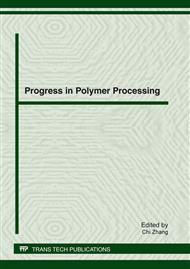p.393
p.398
p.402
p.407
p.413
p.418
p.422
p.427
p.431
Numerical Simulation and Experimental Verification of Butterfly Porous Fences
Abstract:
In this paper, the domestic and foreign research progress of numerical simulation on the porous fence is introduced briefly, and a numerical model is established to simulate the flow characteristics behind the butterfly porous fence through the FLUENT software. The comparison results found good agreement between the numerical model and wind tunnel experimental data with an error of 7.8% in the wind reduction ratio, indicating the present numerical model can be used to undertake study on butterfly and non-planar porous fences. The effect of porosity on the flow characteristics behind the butterfly porous fence have been evaluated using the present model to determine an optimum porosity for sheltering effect of an isolated porous fence. As a result, the butterfly porous fences with a range of porosity from 0.27 to 0.32 seem to have a better shelter effect among the studied porosities, and all the wind reduction ratios approach to 60%.
Info:
Periodical:
Pages:
413-417
Citation:
Online since:
January 2012
Authors:
Keywords:
Price:
Сopyright:
© 2012 Trans Tech Publications Ltd. All Rights Reserved
Share:
Citation:


